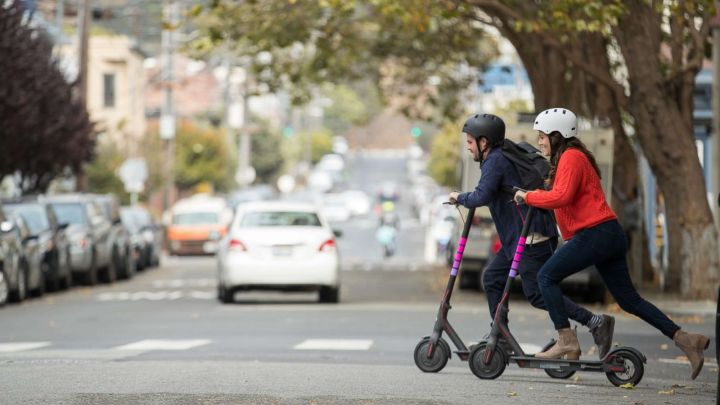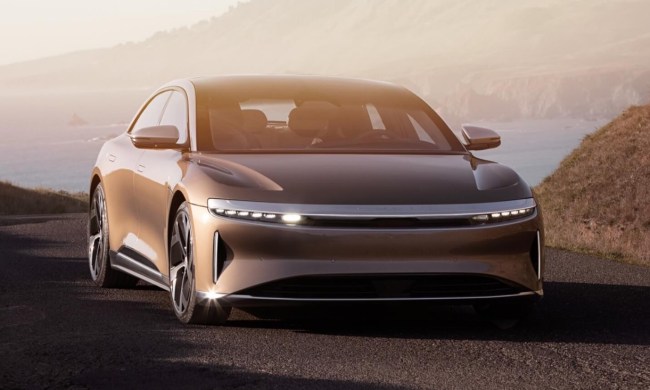
Electric scooters are touted as an environmentally-friendly way to get around town, but a new study suggests that they might be worse for climate change than the transportation methods they’re replacing.
While the escooters don’t emit carbon, which is why they’re often considered greener than other modes of transportation, they’re also typically made in China. Making and moving those scooters to the United States creates a carbon footprint, as does moving them around in the cities where they operate. Within cities, scooters are often moved around using gasoline-powered cars. The data comes in a new report from North Carolina State University that was published in the journal Environmental Research Letters on Friday.
The report says that while dock-less shared escooters are touted as a last-mile problem to help reduce traffic and congestion, they’re also not technically accomplishing that goal. According to the study, half of escooter riders would have walked or biked that last mile if the scooter wasn’t available, making it so the escooters are actually adding to the congestion problem rather than helping it. Just a third of respondents to the group’s study said they would have used a car for that last mile of their journey if the scooter was not available.
The news isn’t all bad. The study says that the global warming impact of a scooter is roughly half that of a gasoline-powered car, taking into account the creation of both the car and the scooter. So while that scooter isn’t as good as walking or biking to your destination, it is better than getting behind the wheel of a traditional gasoline-powered automobile.
It can also get better, the study says:
“Alternative approaches to collect and distribute escooters can greatly reduce the adverse environmental impacts. Reducing the average driving distance for collection and distribution to 0.6 miles per scooter reduces the average life cycle global warming impacts by 27%, while the exclusive use of fuel-efficient vehicles for collection results in a 12% reduction,” reads the report. “Limiting scooters collection to those with a low battery state of charge would require a change in policy to allow scooters to remain in public spaces overnight, but could yield a net reduction in global warming impacts of 19%.”
The report also suggests creating better ways to increase the life of the scooters. Escooters are often vandalized, which increases their environmental impact due to the replacement of parts or the entire scooter. The study suggests creating sturdier scooters and better ways to combat damage can help increase their lifespan and decrease their environmental impact.
“We welcome research into the environmental benefits of new mobility options and have already made significant progress on many of the areas highlighted in the study,” Allie Zamaria, a spokeswoman for scooter rental company Lime, told Digital Trends in a statement.
“Lime has made continuous advancements in sustainability, introducing sturdier and longer-lasting scooters, charging with renewable energy, and streamlining operations, from collection and rebalancing to repair and reuse.”
We’ve asked Uber and Lyft, which both have scooter services in some cities, for comment as well and will update this story if we hear back.



